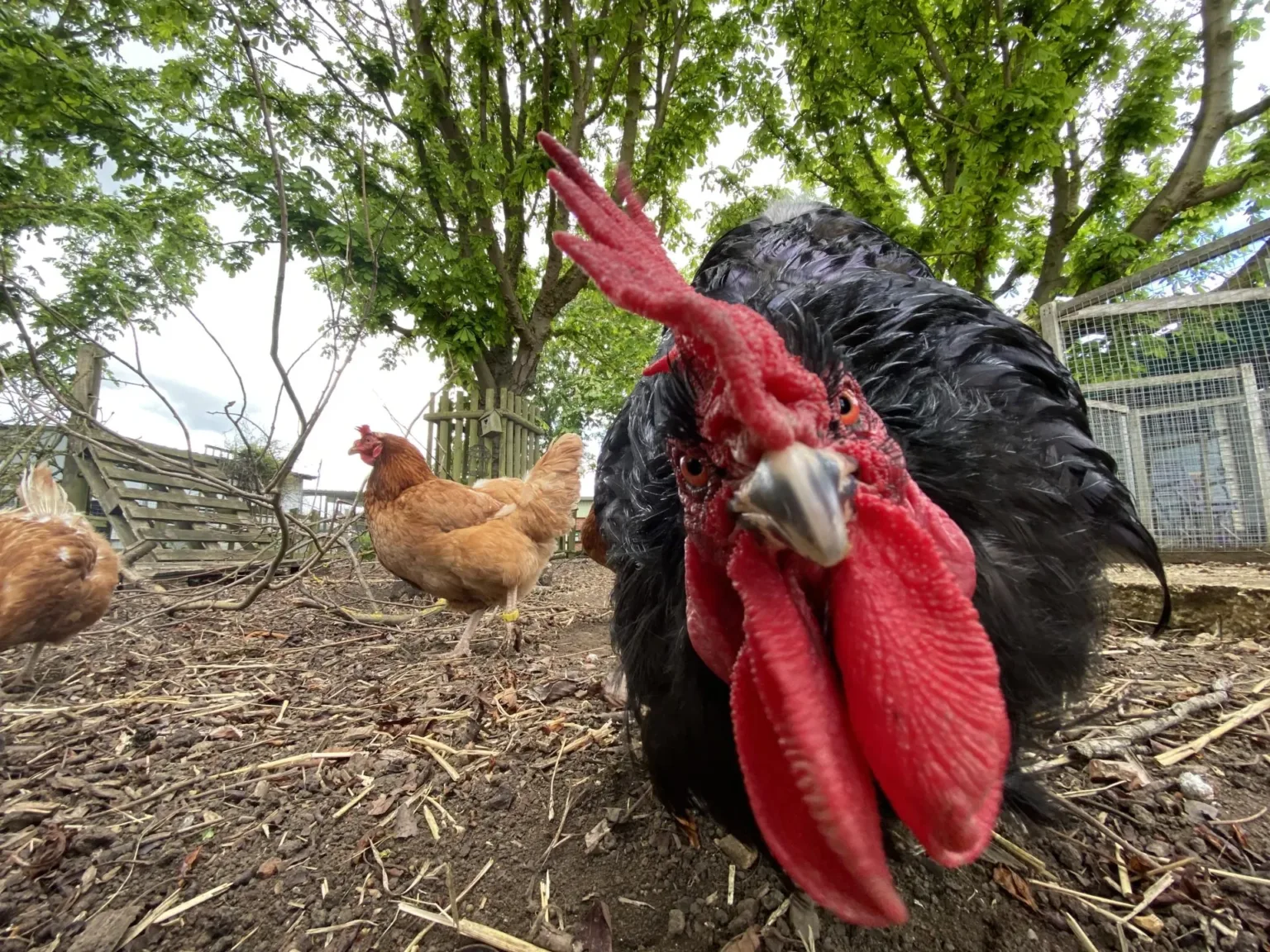Fireworks: how to keep your pets safe
Find out how to recognise fear in your pets and keep them safe and happy.

A natural and varied diet will help your chickens lead a long and healthy life, but it also keeps things interesting for them.
Chickens do not feel happy or safe on their own and can often show signs of being depressed or stressed if they’re living alone.
When introducing new hens to one another, make sure they’re all in good health and none have any injuries or wounds. Below are three different ways to mix chickens:
Put all your chickens in the same coop at dusk so they go to sleep together. The idea is that in the morning they wake up as a group, as if they’ve always been living together. This also helps encourage a routine of going to bed together at night.
Allow your chickens to meet with a fence between them, so they become accustomed to each other without the risk of injury. After between 3 and 7 days, remove the fence and observe the chickens.
If you’re lucky enough to have a spare chicken run, you can introduce your chickens in a neutral area that is new to all of them. This should reduce the amount of fighting as no chicken will feel the need to defend their territory.
A newly formed group of chickens may still start fighting, this is perfectly normal. Don’t separate hens unless there are injuries – unfortunately the squabbles need to take place to establish a pecking order. The following hints and tips will help stop the fights becoming serious:
Avoid areas that hens could get cornered or stuck in if they were being bullied. Nest boxes will need to be provided if the mix works, but take them out during mixing.
To reduce aggressive behaviour between your hens, take out the bully hen or consider introducing a cockerel. Cockerels should break up any bullying amongst hens, which helps to prevent injuries and wounds.
Cockerels make great pets, can be very gentle and, of course, are very handsome. They have a bit of a reputation for being noisy and aggressive, but this is not true for a lot of them. The hens will benefit from having a cockerel with them as they will hunt out food, such as worms and slugs, for the hens to eat, ward off predators and, if necessary, fight them to protect the hens.
When choosing a cockerel, match their size to your hens. Large breed cockerels could harm small breed hens. It is also worth considering the mix of breeds you have in one area. Don’t keep small bantams with larger breeds as larger breeds often bully the smaller ones.
Don’t introduce a cockerel to ex-caged birds straight away. Ex-caged hens are often weak, and an over-enthusiastic cockerel could cause injuries.
You only need one cockerel for a flock of hens. They are very possessive of their girls and will fight aggressively to protect them. If you follow the rules above, a cockerel can be a great addition to your coop.